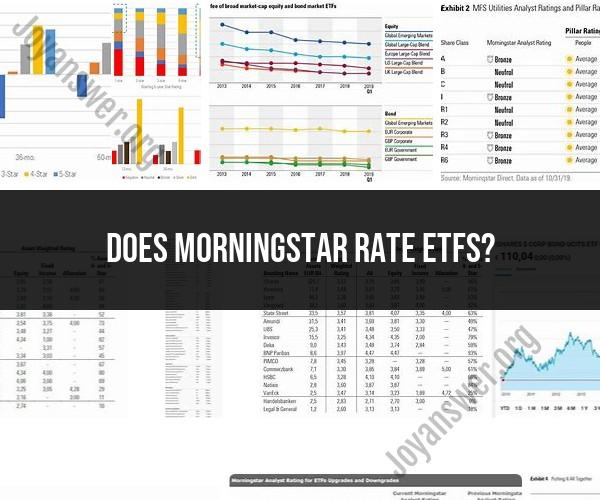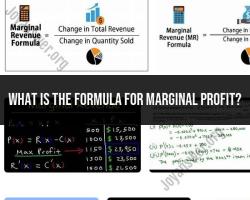Does Morningstar rate ETFs?
Morningstar's ETF evaluations typically include the following:
Star Ratings: Morningstar assigns star ratings to ETFs based on their historical risk-adjusted performance compared to other funds in the same category. These ratings are often presented on a scale of one to five stars, with five stars indicating superior performance relative to peers.
Analyst Ratings: Morningstar analysts provide qualitative assessments of ETFs, which can include designations like "Gold," "Silver," "Bronze," "Neutral," or "Negative." These ratings take into account factors such as the fund's strategy, management team, fees, and overall investment merit.
Expense Ratios: Morningstar provides information on the expense ratios of ETFs, which are important for investors to understand because they impact the overall cost of holding the fund.
Performance Data: Morningstar offers historical performance data for ETFs, allowing investors to assess how the fund has performed over various time periods.
Holdings and Portfolio Information: Morningstar provides details about the holdings within an ETF's portfolio, including information about individual securities, sectors, and geographic allocations.
Risk Metrics: Morningstar offers risk metrics for ETFs, including measures of volatility and other risk factors.
Fundamentals and Research: Investors can access research reports and analysis on individual ETFs through Morningstar's platform.
Morningstar's ratings and evaluations are widely used by investors, financial advisors, and institutions to evaluate and compare ETFs. Keep in mind that while Morningstar's evaluations provide valuable information, it's essential for investors to conduct their own due diligence and consider their own investment objectives and risk tolerance when selecting ETFs or any other investment products. Additionally, past performance is not indicative of future results, so investors should consider a variety of factors when making investment decisions.
Yes, Morningstar rates ETFs. Morningstar's ETF ratings are based on a quantitative analysis of a number of factors, including risk, performance, and fees. Morningstar assigns ETFs a rating of 1 to 5 stars, with 5 stars being the best rating.
Morningstar's ETF ratings are designed to help investors identify ETFs that are likely to outperform their peers over the long term. However, it is important to note that Morningstar's ratings are just one factor to consider when investing in ETFs. Investors should also consider their own investment goals, risk tolerance, and time horizon.
Here are some of the things that Morningstar considers when rating ETFs:
- Performance: Morningstar compares the ETF's performance to its peers over a three-, five-, and ten-year period.
- Risk: Morningstar measures the ETF's risk using a variety of metrics, including volatility and beta.
- Fees: Morningstar considers the ETF's expense ratio and other fees.
Morningstar's ETF ratings are updated on a monthly basis. Investors can find Morningstar's ETF ratings on the Morningstar website.
It is important to note that Morningstar's ETF ratings are not a guarantee of future performance. Investors should always do their own research before investing in any ETF.












